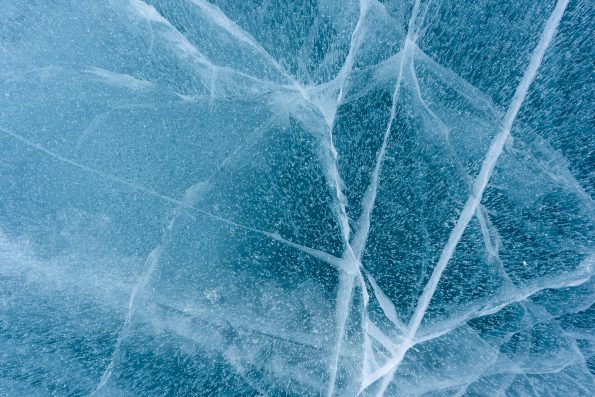During the height of the last ice age, some modern humans were able to adapt to the colder temperatures in similar ways to bears and wolves.
They stayed in central Europe during this glacial period, a finding that has challenged beliefs about where our ancestors lived.
Previously, studies have supported the idea that modern humans moved to southern Europe during the last ice age, with their reach expanding as global temperatures increased later on.
However, according to a recent study led by Oxala García-Rodríguez from Bournemouth University in England, some humans stayed in central Europe. It was the first study to use genetic data to achieve its results.
Since the 19th century, scientists have known that the distribution of plants and animals across the world fluctuated with the climate. However, the current climate crisis has highlighted the importance of understanding these patterns.
At the height of the last ice age, which occurred approximately 20,000 years ago, many species, including humans, spread out geographically.
By then, European ice sheets had reached Denmark and south Wales. Europe most likely looked like Alaska or Siberia today.
In the new study, the research team reviewed the genetic history of 23 common mammals in Europe.
These species included humans, squirrels, bank voles, hedgehogs, shrews, red deer, wild boar, weasels, and brown bears.

Sign up for Chip Chick’s newsletter and get stories like this delivered to your inbox.


